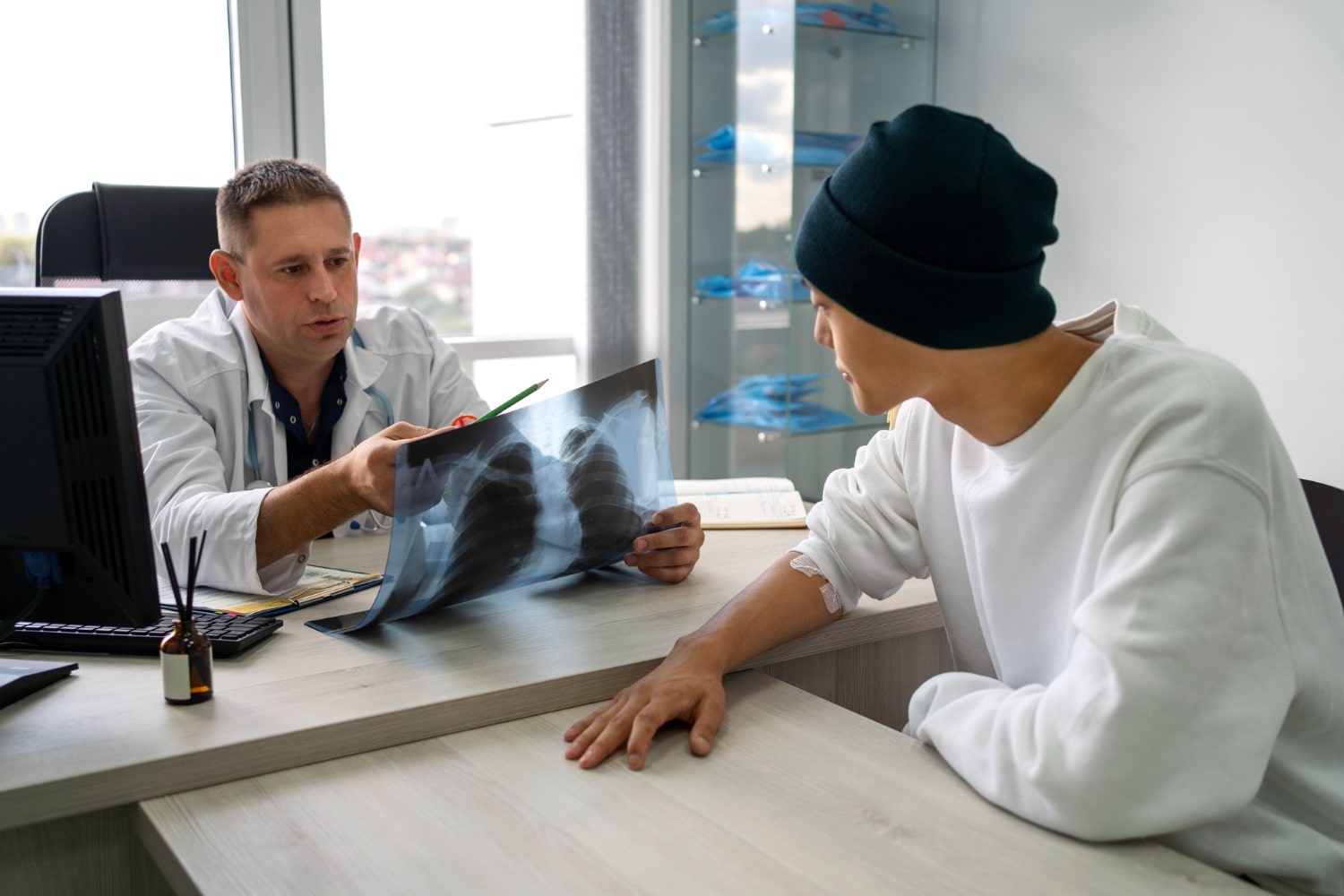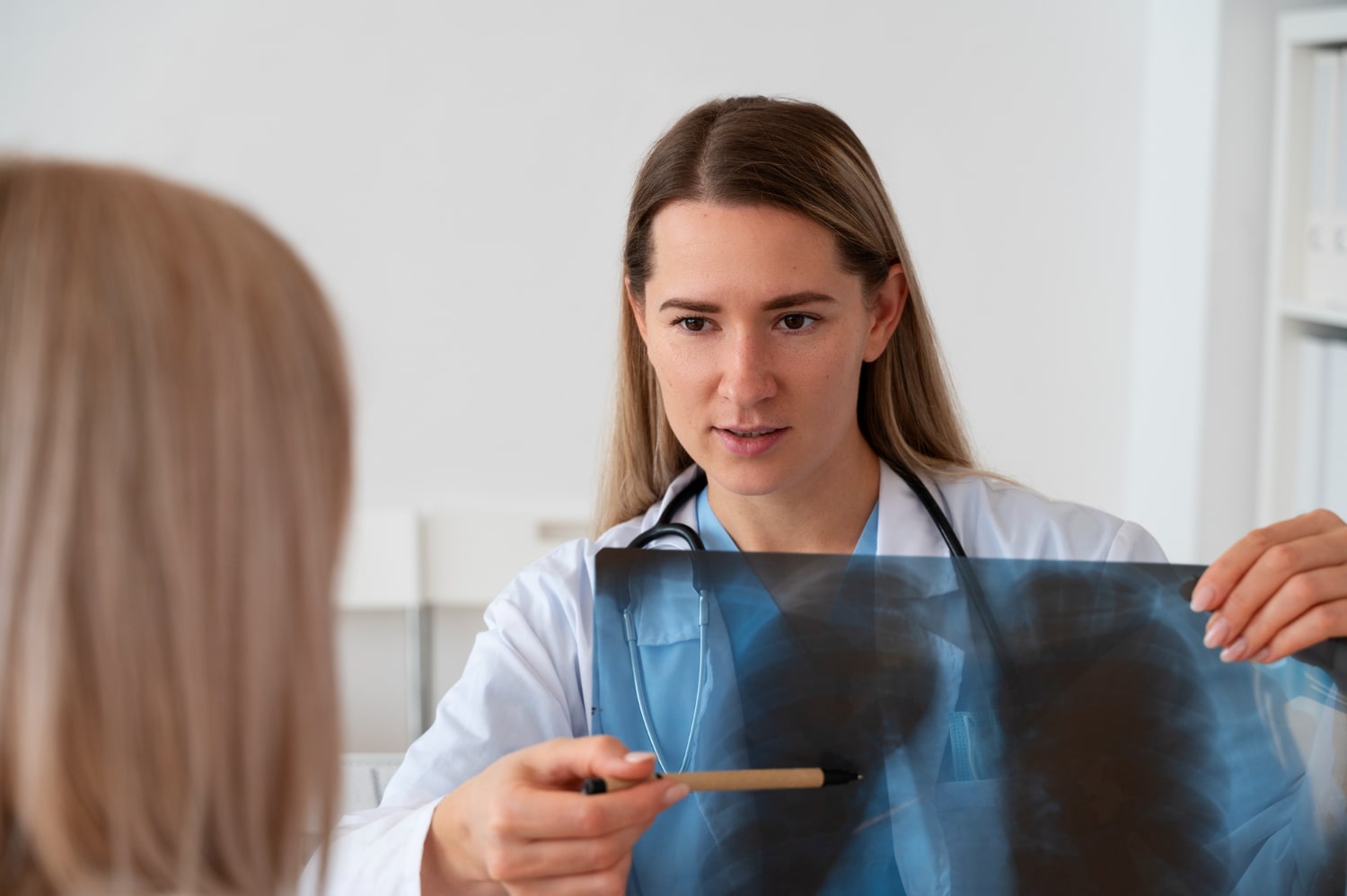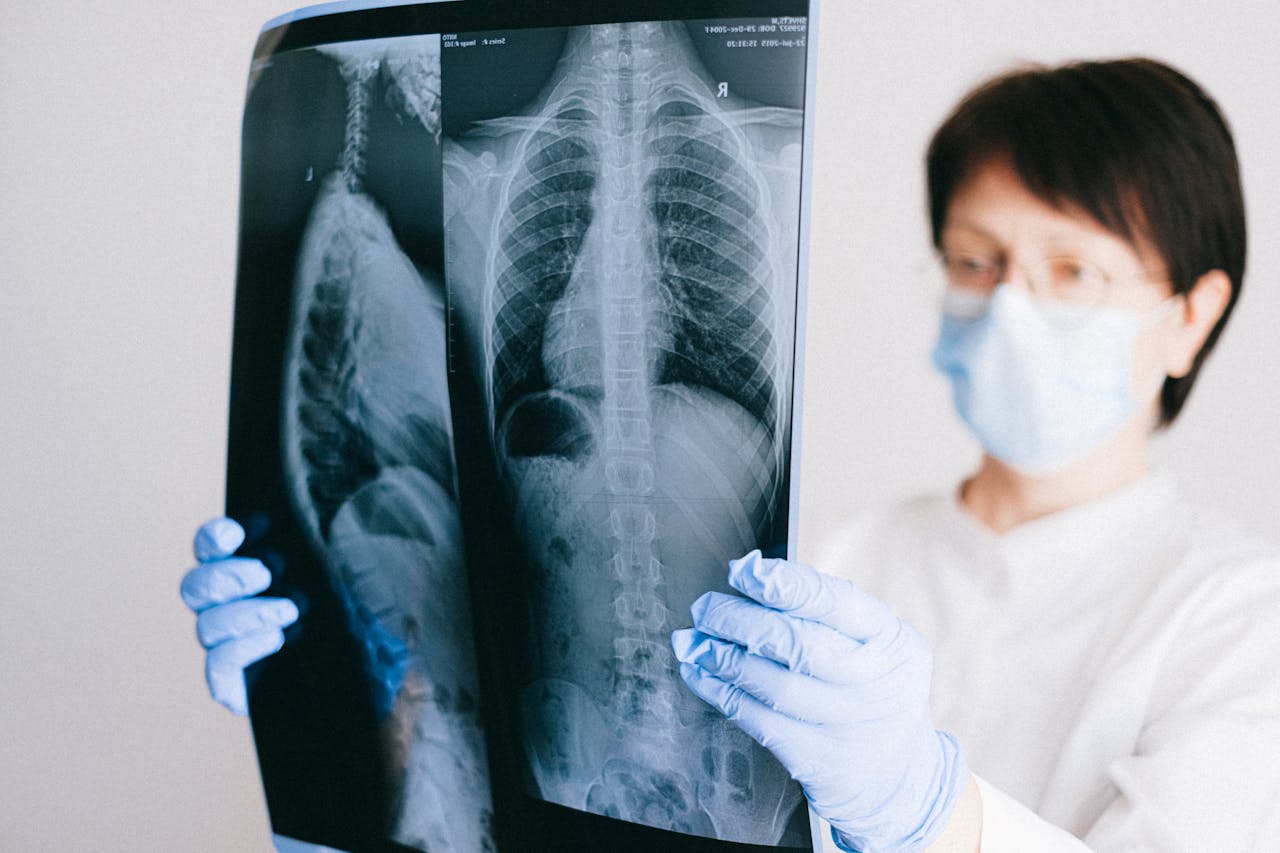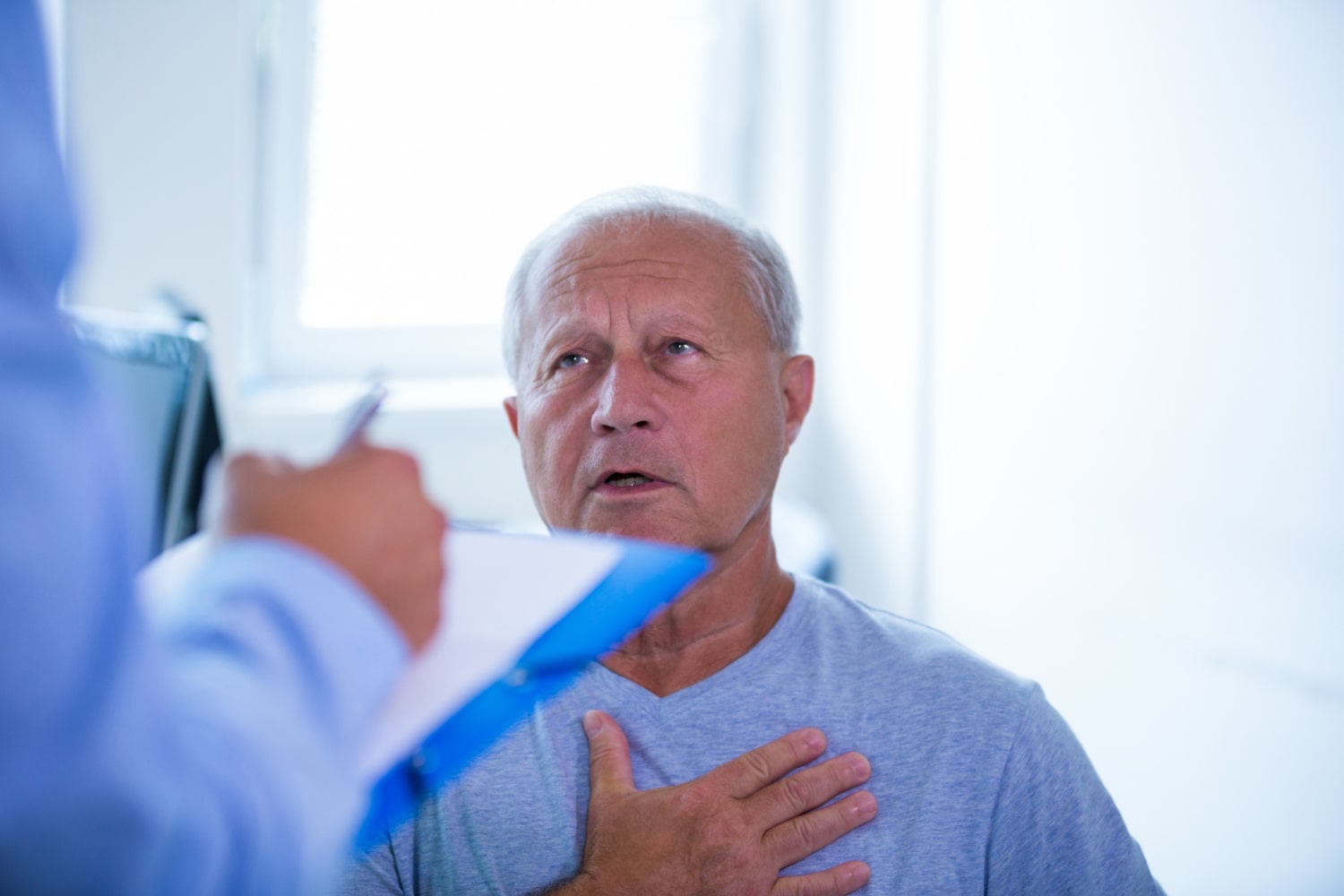The stages of lung cancer are crucial for planning its treatment. The treatment is shaped according to the stages. Additionally, early detection of cancer, especially in its initial or slightly progressed stages, results in a higher success rate compared to advanced stages. However, as the disease progresses, both the duration and recovery period of treatment may increase.
What Are the Stages of Lung Cancer? How Are Stages Determined?
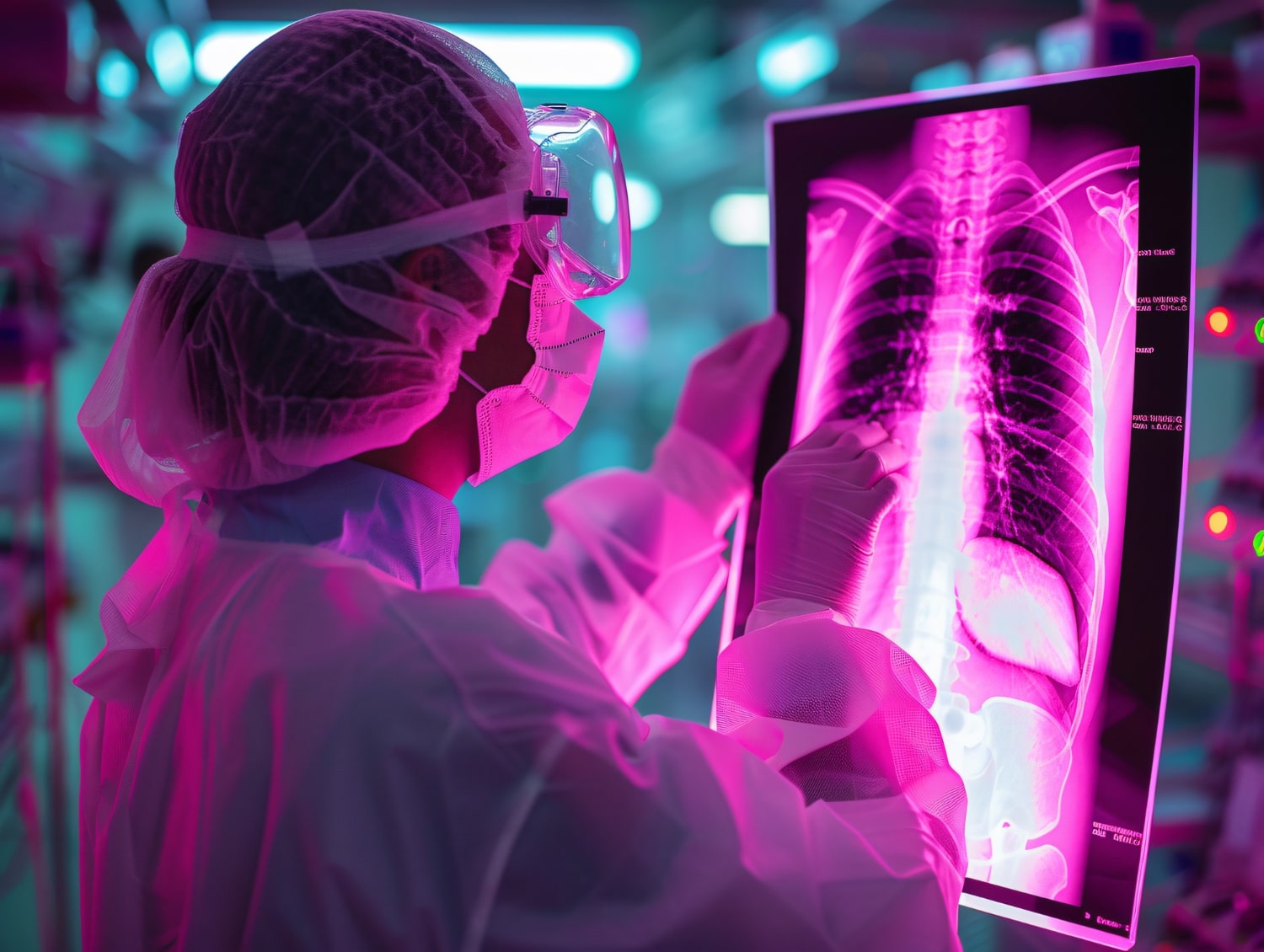
Determining the stages of lung cancer involves various diagnostic tests. However, the first and most important step is consulting a specialist without underestimating any symptoms. This condition falls under the specialty of thoracic surgery. In this regard, one of the renowned specialists in Turkey is Professor Dr. Semih Halezeroğlu, known for his expertise and experience. Consulting a competent physician is crucial for early diagnosis. Following the diagnosis, the stages are determined using the following procedures:
- CT Scan: Requested by the physician to gather information about the size, shape, and location of the tumor.
- Magnetic Resonance Imaging (MRI): The lungs are divided into sections for detailed examination.
- PET Scan (Positron Emission Tomography): Used to assess whether the tumor has spread.
- Bone Scintigraphy: Performed if there is suspicion of cancer cells metastasizing to the bones.
After these tests, the diagnosis and treatment plan for lung cancer stages are determined.
Stages of Lung Cancer – Early-Stage Lung Cancer (Stage 1)
This is the stage where the cancer has not yet reached severe levels. Early diagnosis at this stage significantly improves the chances of successful treatment. The disease, which has not yet spread to lymph nodes, can be controlled effectively.
1 – Symptoms of Stage 1
Stage 1 lung cancer is subdivided into 1A and 1B stages:
| Stage 1A | Stage 1B |
|---|---|
| The cancer is smaller than 3 cm. | The cancer is between 3-4 cm in size. |
| No spread to lymph nodes. | The cancer has grown into the lung’s inner lining but hasn’t spread to lymph nodes. |
Symptoms at this stage include:
- Hoarseness
- Loss of appetite
- Shortness of breath
- Cough
- Back pain radiating to the shoulder when coughing
- Fatigue
2 – How Is It Diagnosed?
Symptoms of Stage 1 lung cancer can sometimes be mistaken for common colds or flu. However, persistent symptoms as listed above warrant consultation with a specialist. This condition is often detected during routine check-ups.
3 – How Is It Treated?
Stage 1 lung cancer is typically treated with surgical and targeted methods. If surgery is not an option, chemotherapy and radiation therapy may be utilized. The specific treatments include:
- Lobectomy: Surgical removal of the lung lobe affected by cancer.
- Segmentectomy (Segmental Resection): Removal of 1-4 segments of the lung lobe.
- Sleeve Lobectomy (Resection): The cancerous lobe and part of the main bronchus are removed, and the healthy bronchus is reconnected to another unaffected lobe.
- Targeted Therapy: Administered after surgery to target specific genes and proteins responsible for cancer growth.
- Radiation: Used when surgery is not an option or as part of a clinical trial.
- Chemotherapy: Administered after surgery, especially if there is a high risk of recurrence.
Stage 2 Lung Cancer
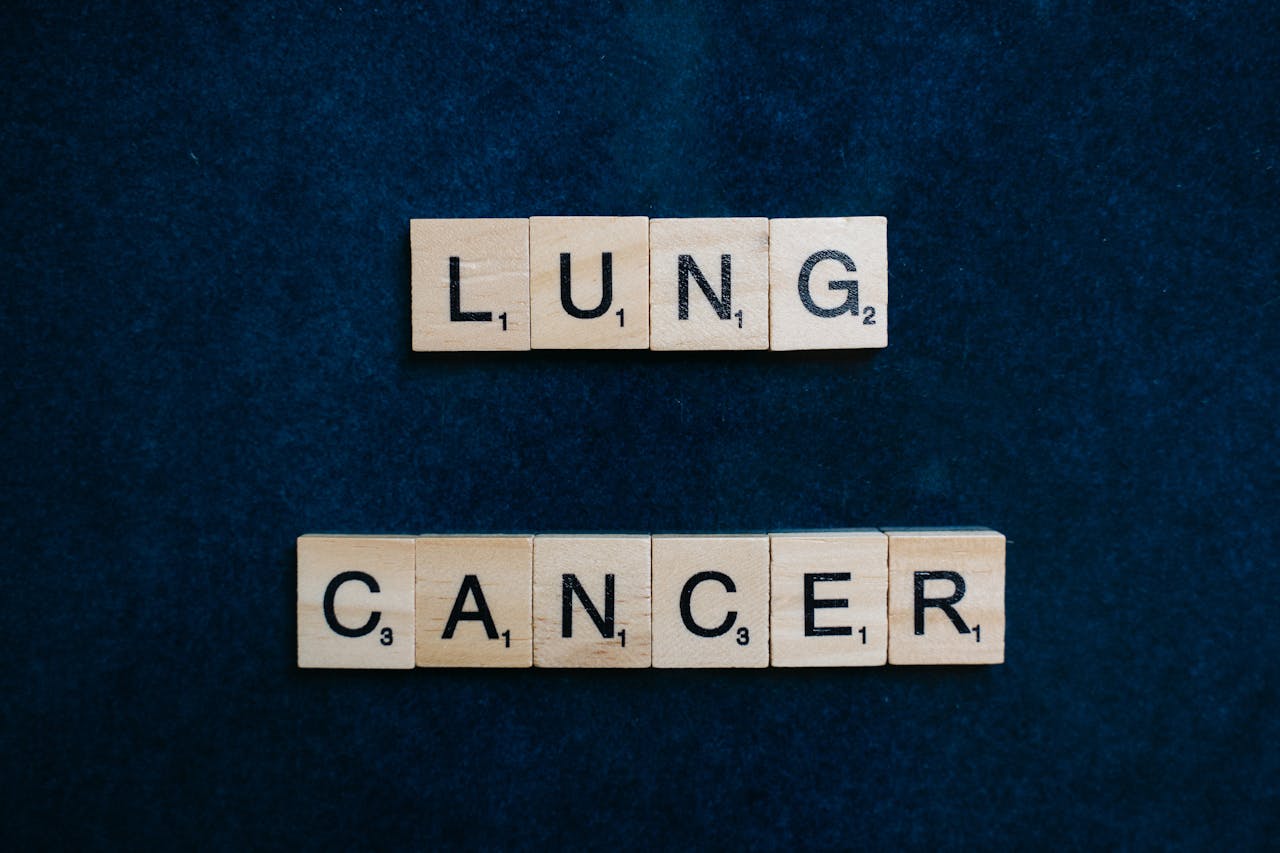 Stages 1 and 2 are considered early stages of lung cancer. Stage 2 is subdivided into 2A and 2B stages. At this stage, cancer has shown localized progression:
Stages 1 and 2 are considered early stages of lung cancer. Stage 2 is subdivided into 2A and 2B stages. At this stage, cancer has shown localized progression:
| Stage 2A | Stage 2B |
|---|---|
| Tumor size is 4-5 cm. | Tumor size is 5-7 cm. |
| Lymph nodes are unaffected. | Cancer may involve lymph nodes or spread to nearby chest wall, diaphragm, or pleura. |
1 – Symptoms of Stage 2
Symptoms of Stage 2 include:
- Persistent cough
- Bloody phlegm
- Shortness of breath
- Chronic chest pain
- Frequent lung infections
2 – How Is It Treated?
Treatment options for Stage 2 include:
- Surgical methods like lobectomy, segmentectomy, and sleeve resection.
- Pneumonectomy: Removal of the entire lung and possibly affected lymph nodes.
- Radiation, targeted therapy, chemotherapy, and immunotherapy.
Stage 3 Lung Cancer
Stage 3 lung cancer has spread regionally and is divided into 3A, 3B, and 3C stages:
| 3A | 3B | 3C |
|---|---|---|
| Tumor size may range from 5-7 cm or more. | Tumor size may range from 5-7 cm or more. | Tumor size may range from 5-7 cm or more. |
| Spread to lung segments or outside the lung. | Spread to lymph nodes and other body regions. | Spread to the opposite lung and distant organs. |
1 – Symptoms of Stage 3
Common symptoms include:
- Persistent cough
- Bloody phlegm
- Chest pain
- Hoarseness
- Loss of appetite
- Shortness of breath
- Fatigue
- Frequent lung infections
2 – How Is It Treated?
Stage 3 treatment options include:
- Chemotherapy
- Radiation therapy
- Surgical methods
- Targeted therapy
- Immunotherapy
Stage 4 Lung Cancer
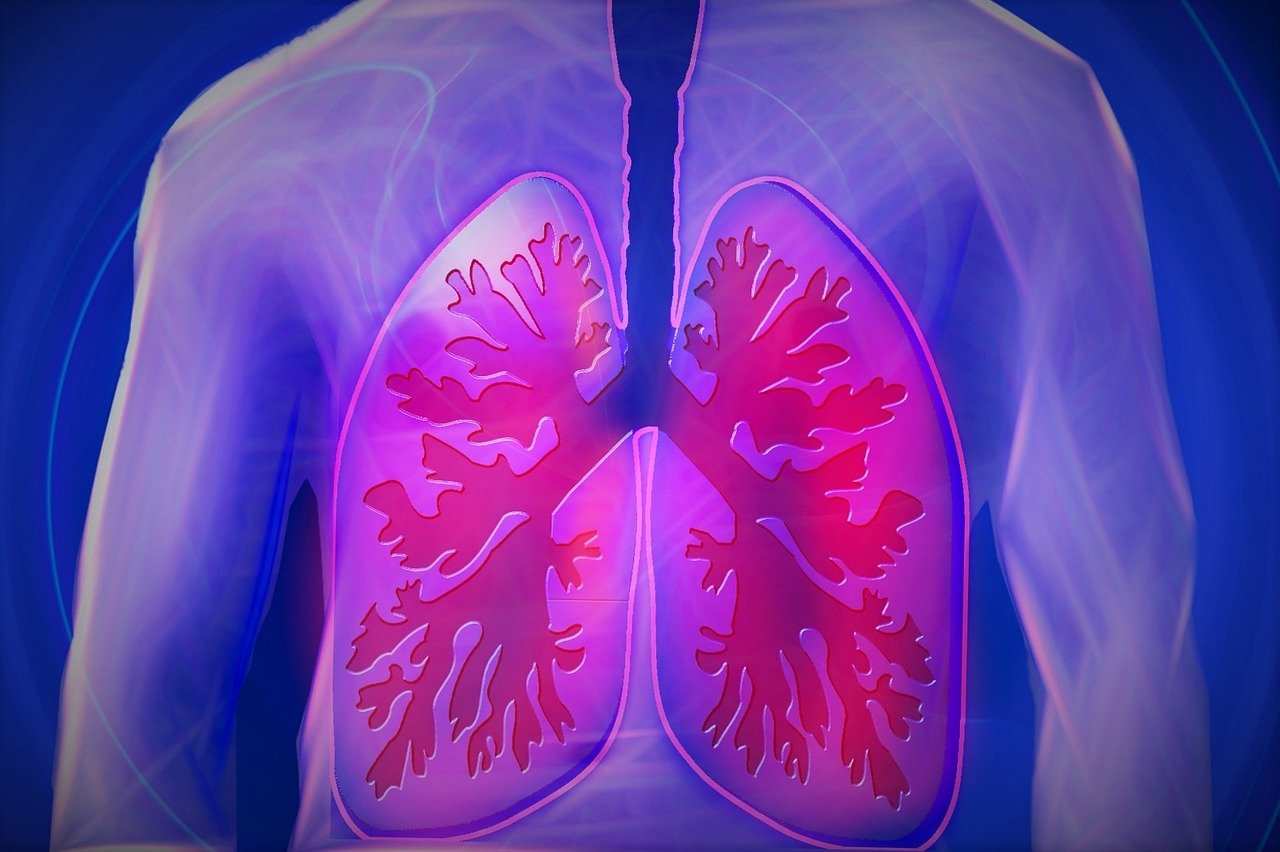 Stage 4 lung cancer is the most advanced, where the disease has spread to other parts of the body.
Stage 4 lung cancer is the most advanced, where the disease has spread to other parts of the body.
1 – Symptoms of Stage 4
- Persistent cough
- Bloody phlegm
- Chest pain that worsens with coughing or breathing
- Hoarseness
- Appetite loss and significant weight loss
- Shortness of breath
- Wheezing
- Frequent lung infections
2 – How Is It Treated?
Treatment options depend on factors like the patient’s overall health. Methods include:
- Chemotherapy
- Radiation therapy
- Immunotherapy
- Surgery
- Targeted therapy
- Palliative care
Frequently Asked Questions
You can find the most frequently asked questions about lung cancer stages below.
1 – What are the symptoms of Lung Cancer Stage 4 Death?
Symptoms seen in the fourth stage of lung cancer stages are difficulty breathing, severe weakness, excessive weight loss, severe pain, difficulty swallowing.
2 – What is the chance of survival in Lung Cancer Stage 4?
There are many factors that affect the treatment process in patients. In addition, different treatment methods are being tried today with technological developments and increasing medical opportunities. The survival rate for lung cancer stages is a situation that can vary from person to person.
3 – What are the symptoms of Lung Cancer Stage 3 Death?
Lung cancer stage 3 symptoms are severe shortness of breath, serious pain, frequently recurring lung infections, general weakness and weight loss.
4 – What are the symptoms of Lung Cancer Stage 2?
In this stage, cancer cells spread to deeper tissues in the lung and can spread to the lymph nodes. Cough, bloody sputum, chest pain and feeling of weakness are among the symptoms of this stage.
5- What are the Symptoms of Stage 1 of Lung Cancer?
This is the first stage among the stages of lung cancer. In this stage, which has not yet reached a serious level, symptoms such as cough, shortness of breath, wheezing, bloody sputum and fatigue are experienced.
